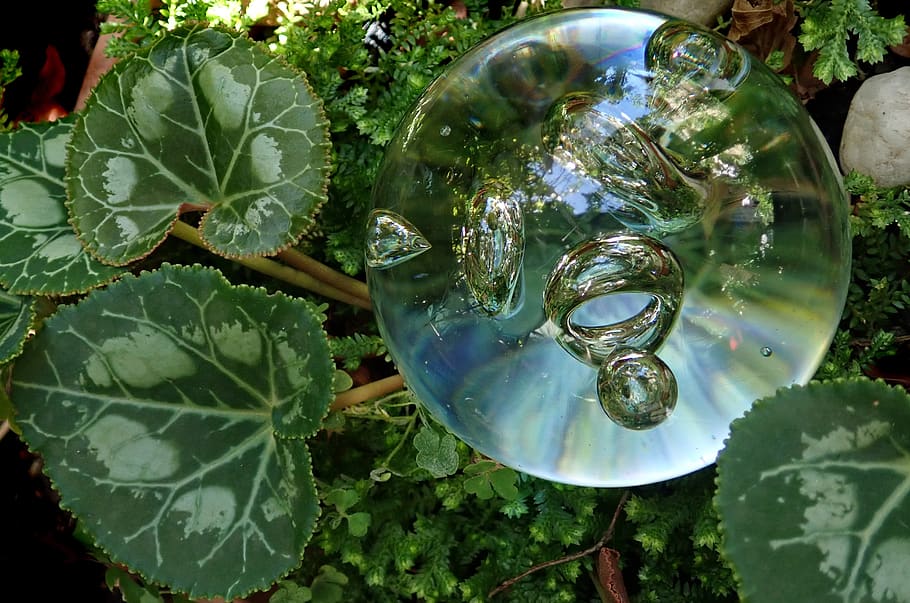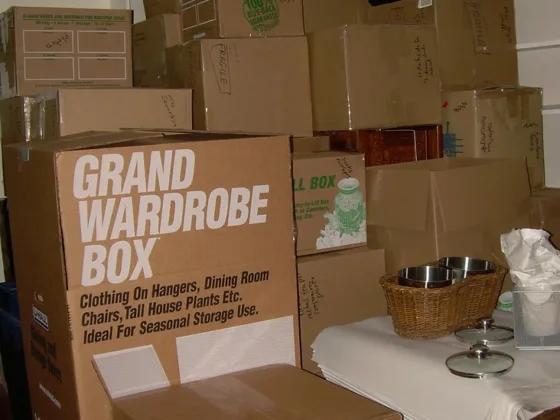Watering your plants may take a backseat when immersed in a hectic working week. Self watering globes provide the ideal solution to keeping your plants alive even in your absence.
Available in multiple designs and styles, these bulbs or globes have two sections. The top half is where you add the water, which steadily drips out from the lower conical end. This lower section of the globe is inserted into the soil to keep it moist.

Working Method
Once you insert the neck of this device into the soil after filling the globe part with water, the latter escapes at a slow rate. Firstly, the soil present at the spike’s opening slows the rate at which the water escapes.
Also, the trickling out of water creates a weak vacuum within the globe, thus preventing more water from escaping. Gradually as the soil dries out, air enters the globe and releases more water.
Read Also:
Buying Tips
These globes serve both a decorative and functional purpose. When sourcing self-watering globes, pay close attention to the listed characteristics:
Material Composition
These globes are made either of hand-blown glass, terracotta ceramic, or PVC plastic. Although not biodegradable, the PVC plastic bulbs can be recycled and not release chemicals that could damage your plants.
Ceramic and glass watering globes are comparatively more fragile and must be inserted deep into the soil to prevent them from toppling over.
Analyze all the pros and cons when choosing a material that appeals to you and facilitates comfortable handling.
Top Open or Closed
The top half, whether open or closed, does not affect water dispersion. The spout’s width at the stem’s end inserted into the soil determines the water flow rate.
Keep in mind that an open globe, although convenient to clean, accumulates dirt and leaves that clog the stem.
Closed globes need to be removed from the soil when a refill is in order. Also, they warrant a thorough rinse before placing them back in as the soil causes them to clog.
As explained, both these styles do their job. Figure out which one offers more conveniences to you and proceed.
Globe Size
Always purchase a globe in proportion to the size of your pot, or else the corresponding soil may either remain overly dry or drenched.
Knowing how long it takes for the filled water to drain out and your plant’s watering needs facilitate your decision-making.
Depending on your soil type and pot size, a standard globe should provide water to your plant for five consecutive days.
If you will stay away for longer, insert one large globe or two small ones filled to occupy your big pot. Bigger plants demand more water than their smaller counterparts.
Spout Width
Too small spout width could result in dirt accumulating and water not dripping out as much. A large spout width may drain out the water faster, causing your pot to overflow.
Spouts with a quarter-inch or half-centimeter width are preferable, but still, you also have to consider your soil type and pot size.
Trust a reliable source who shares accurate facts on maintaining healthier gardens.









